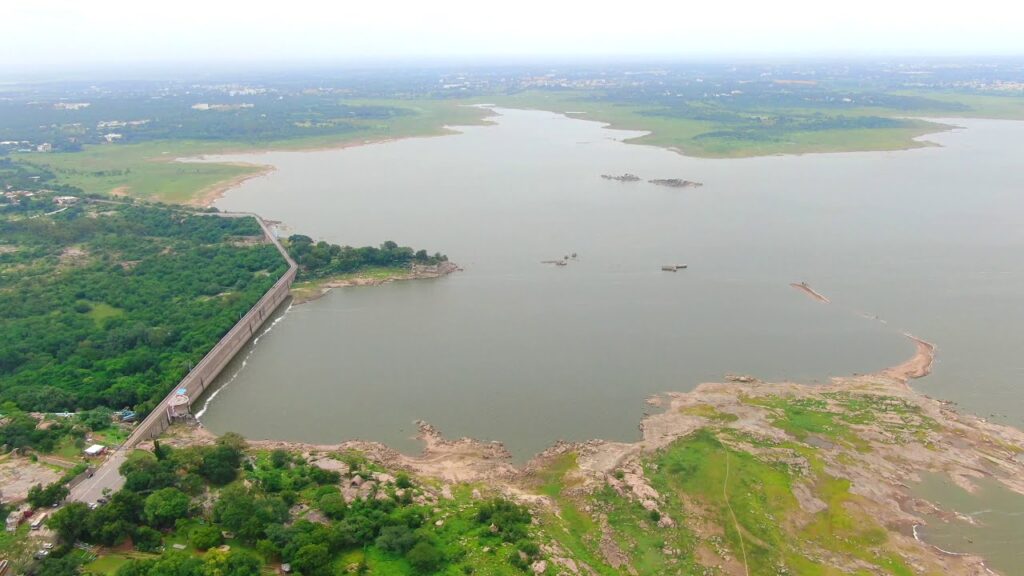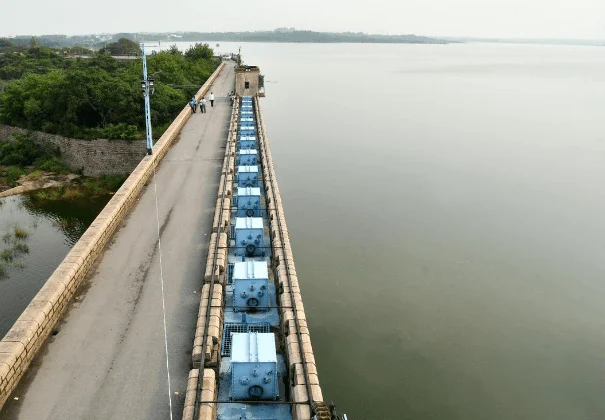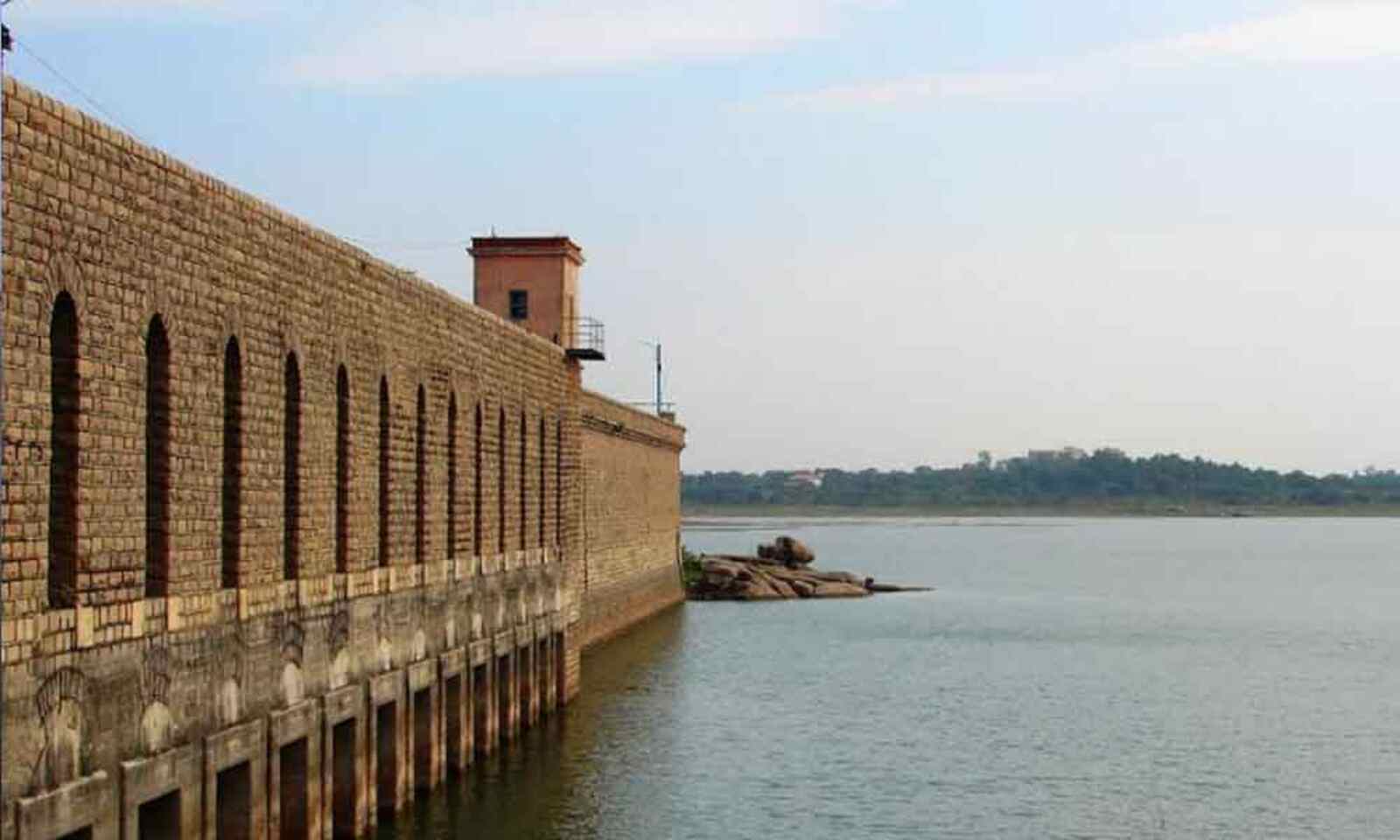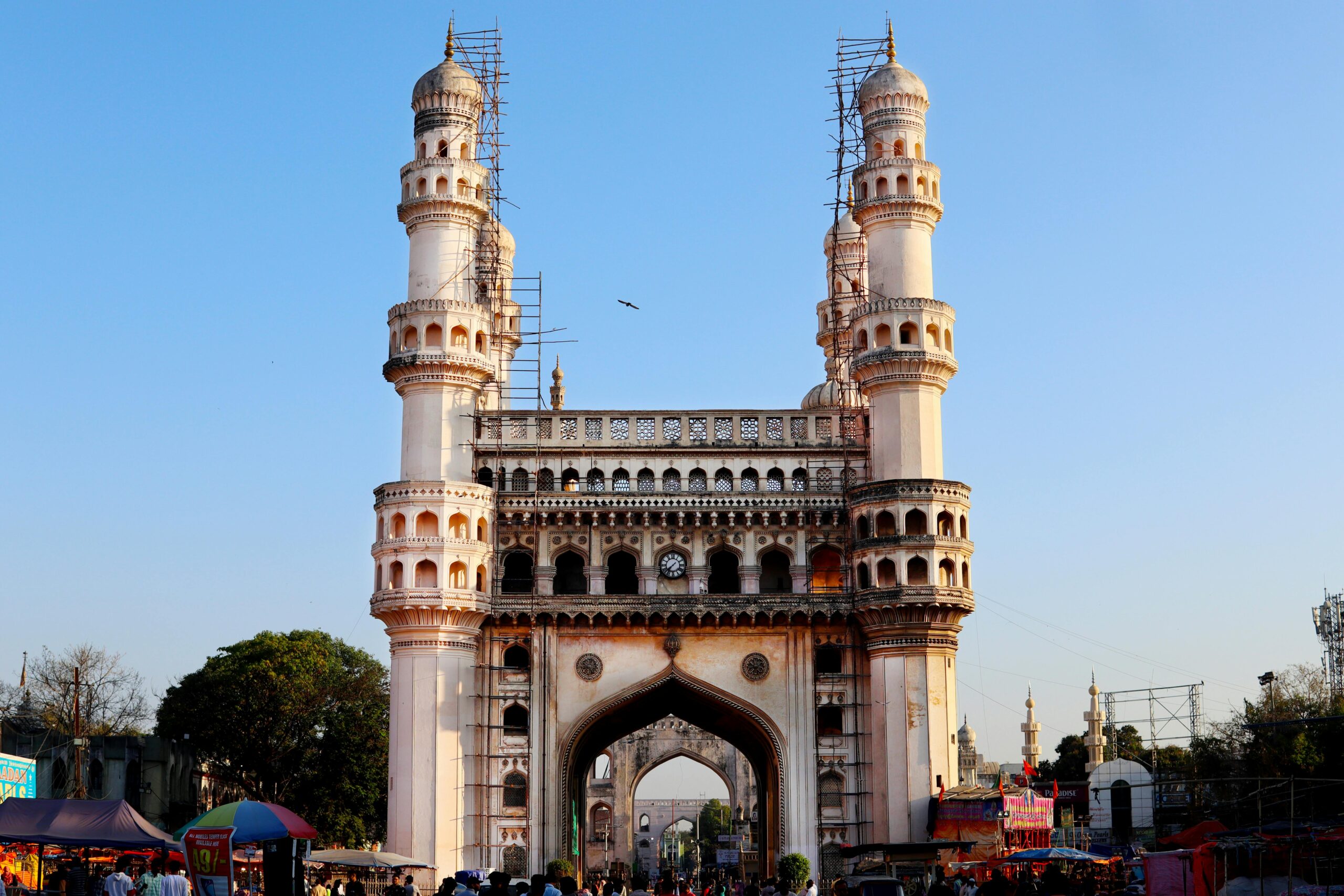Osman Sagar, also known as Gandipet Lake, is a man-made reservoir located about 20 kilometers southwest of Hyderabad, nestled amidst picturesque hills. This tranquil body of water has not only been a crucial source of drinking water for the city but has also become a popular spot for recreation and tourism. Established in the early 20th century, Osman Sagar stands as a testament to the foresight of the Nizam rulers and remains one of the prominent water bodies in the region.
Historical Significance and Construction
The construction of Osman Sagar was initiated in 1920 by the then Nizam, Mir Osman Ali Khan, the seventh and last Nizam of Hyderabad. As the city of Hyderabad grew in population, there was a pressing need to augment the water supply to the region. To address this, the Nizam ordered the creation of a large reservoir, which would serve as a dependable water source for the rapidly expanding city.
Engineered by the renowned Sir Mokshagundam Visvesvaraya, the project involved building a dam across the Musipally stream, which would later become the Osman Sagar Reservoir. The dam’s completion in 1927 was a significant achievement, as it could store large amounts of water for consumption and irrigation.
Water Source and Urban Development
Osman Sagar became a vital source of drinking water for Hyderabad, especially before the construction of other water supply systems in the city. Its impact on urban development cannot be overstated. The water stored here nourished the growing population and helped in the agricultural development of the surrounding regions. The surrounding landscape, with its hills and lush greenery, turned the area into an idyllic retreat, attracting many residents seeking a peaceful escape from the city’s hustle and bustle.



The presence of the reservoir played a crucial role in shaping Hyderabad’s urban landscape, providing a steady supply of water that allowed the city to thrive even in the face of increasing urbanization.
Recreational Importance and Tourism
Today, Osman Sagar is not just an essential water body but also a recreational haven for the people of Hyderabad. The serene atmosphere and the picturesque surroundings make it a popular spot for picnics, nature walks, and weekend getaways. Visitors can enjoy boating on the lake, walk along its well-maintained pathways, or simply relax in the scenic beauty that surrounds the reservoir.
The location is also home to the Gandipet Lake Viewpoint, a popular vantage point offering panoramic views of the lake and the hills that surround it. The peaceful ambiance of the area makes it an ideal location for those seeking to escape the urban noise and enjoy nature.
Environmental Concerns and Future
Over the years, Osman Sagar has faced its share of challenges, primarily due to pollution, encroachment, and urbanization. The lake’s water quality has deteriorated due to the release of untreated sewage and waste, affecting both its aesthetic value and ecological balance. As a result, local authorities have been working on various conservation and rejuvenation projects aimed at improving the water quality and preserving the natural environment around the reservoir.
In addition, there are plans to further develop the area into an eco-tourism destination, with sustainable practices at the forefront. Initiatives to protect the biodiversity around the lake and the promotion of eco-friendly tourism will ensure that Osman Sagar continues to remain an integral part of Hyderabad’s landscape for generations to come.
A Landmark of Hyderabad’s Heritage
Osman Sagar, with its rich history, scenic beauty, and historical significance, remains one of Hyderabad’s most cherished landmarks. From its creation as a vital water resource to its status as a beloved retreat, the reservoir continues to be a cornerstone of the city’s development. The serene waters of Osman Sagar stand as a reminder of Hyderabad’s past, while its role in modern times signifies the importance of sustainable water management and environmental preservation.



